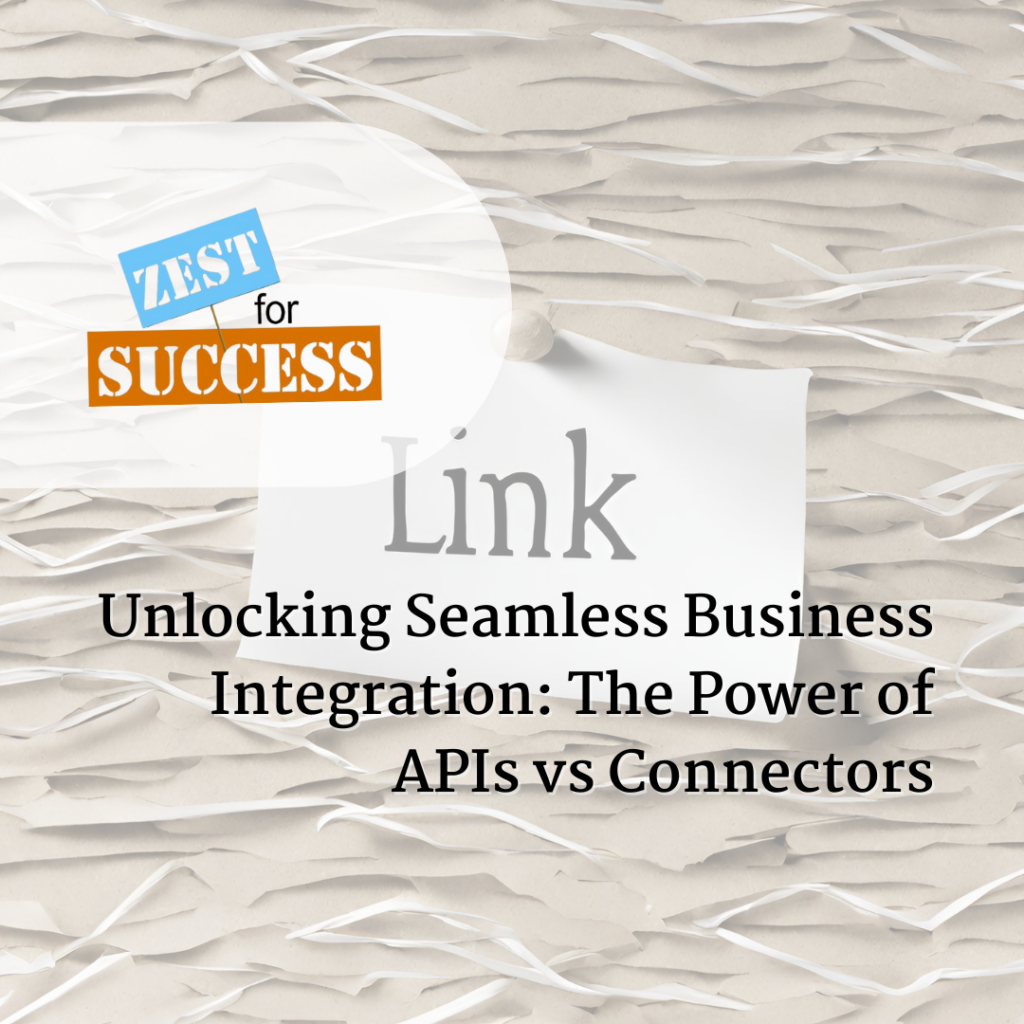In the rapidly evolving landscape of modern business technology, the term “integration” has become more than just a buzzword—it’s a critical factor in maintaining efficiency and staying competitive. Whether you’ve been exploring the Xero platform or delving into the world of integrated apps, you’ve likely come across the acronyms “API” and “connector.” Let’s dive into what these terms mean and why choosing the right integration method can make all the difference in streamlining your operations.
Understanding APIs and Connectors
At its core, an API or Application Programming Interface is like a digital bridge that enables different software applications to communicate and exchange information with each other. Think of it as a language that various software systems use to talk behind the scenes. When you interact with an app on your smartphone, such as ordering a ride through a ride-sharing app, APIs are working diligently in the background to make that interaction seamless. In the context of business software like Xero and its integrated apps, APIs allow these applications to automatically share data and updates in real-time.
On the other hand, a connector, exemplified by platforms like Zapier, acts as a middleman between various applications. It enables them to communicate and automate tasks, but it often involves a series of steps or triggers to accomplish the desired outcome. Connectors are beneficial for bridging the gap between apps that might not have native integration options, but they can introduce complexities due to their multi-step nature.
The Efficiency of Native APIs
Native APIs, integrated directly into applications, offer a level of efficiency that connectors struggle to match. When two systems communicate through a native API, the interaction is direct, swift, and seamless. If an action takes place in one system, such as updating an invoice’s status in your accounting software, that information is immediately relayed to the connected app. This ensures that your data is always up to date, minimizing the risk of errors or delays.
Imagine you’re using Xero to manage your finances and an integrated app to handle customer relationship management (CRM). With native APIs, when a customer’s payment status changes in Xero, your CRM app will instantly reflect that change. This real-time synchronisation is not only efficient but also minimises the potential for discrepancies and data mismatches.
Connectors: Their Place in Integration
Connectors, like Zapier, serve a valuable purpose, especially when native APIs are not available between two applications. They allow you to create workflows that connect multiple apps, triggering actions and responses. For instance, you might use a connector to automatically post new Xero invoices to your team’s communication platform. While connectors can be versatile, they introduce more opportunities for issues to arise due to their multi-step nature. If one step fails or changes, it can disrupt the entire workflow.
Choosing the Right Path
In the grand scheme of business integration, both native APIs and connectors have their roles to play. Native APIs provide unparalleled efficiency and reliability, ensuring that your interconnected systems seamlessly work together. On the other hand, connectors offer flexibility for linking apps that lack direct integration options, though they may come with added complexity.
When considering your integration strategy, it’s essential to evaluate your needs, the compatibility of your chosen apps, and the potential for future expansion. Whenever possible, opting for native API connections can offer a more robust and dependable solution, safeguarding your business operations from potential disruptions.
In a world where technological collaboration is paramount, the right integration strategy can elevate your business to new heights of efficiency, accuracy, and growth. Whether you’re harnessing the power of Xero or any other integrated platforms, understanding the nuances of APIs and connectors empowers you to make informed decisions that resonate with your business goals.

